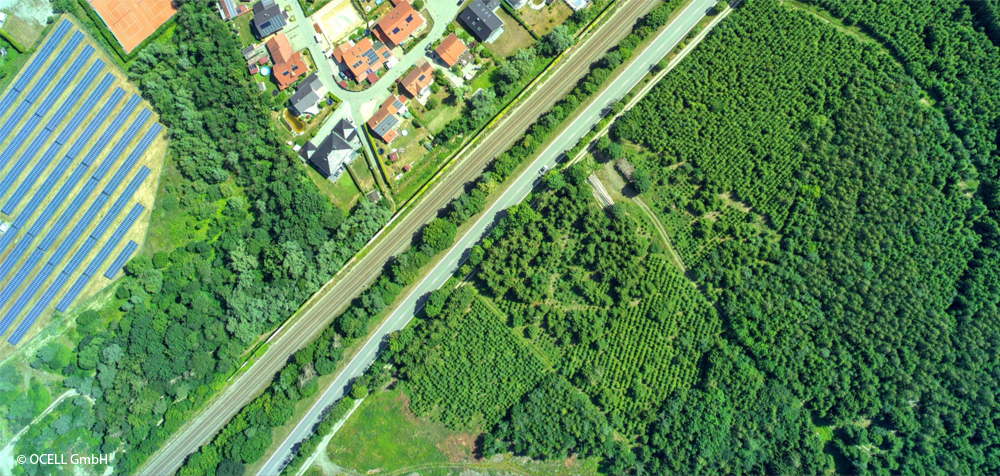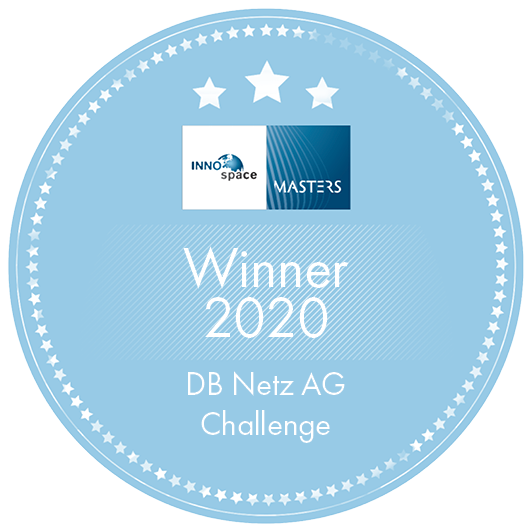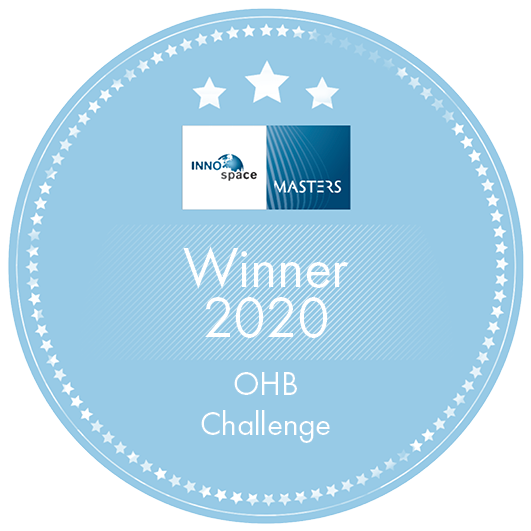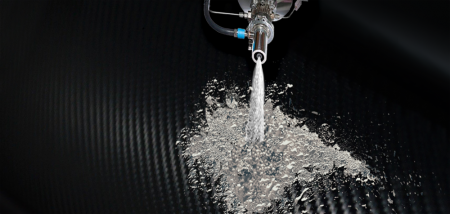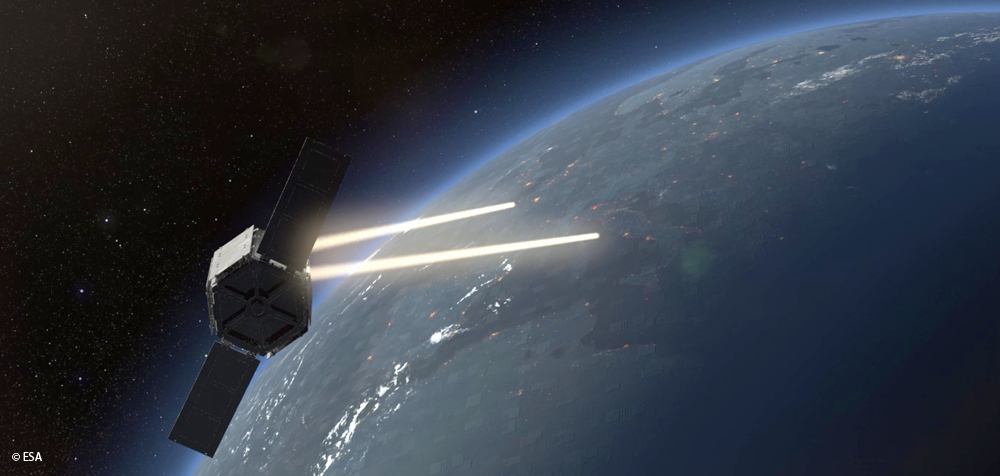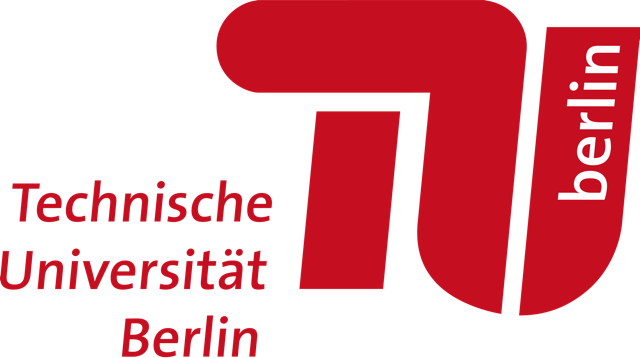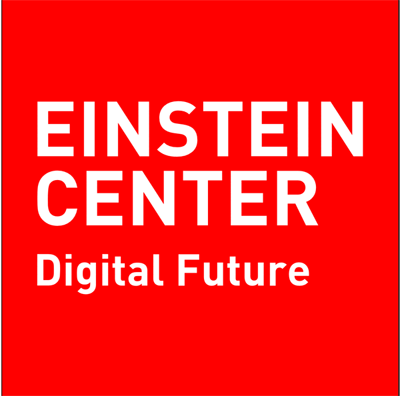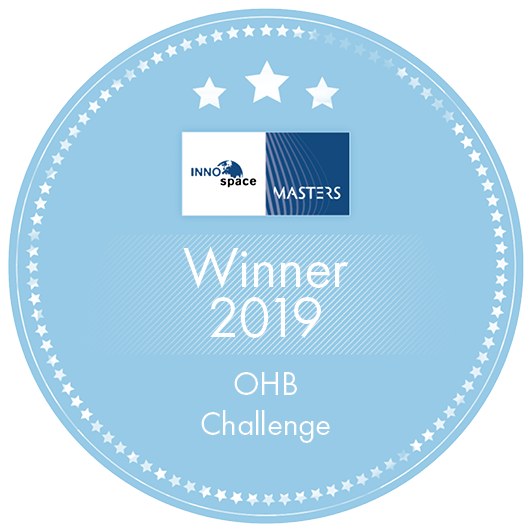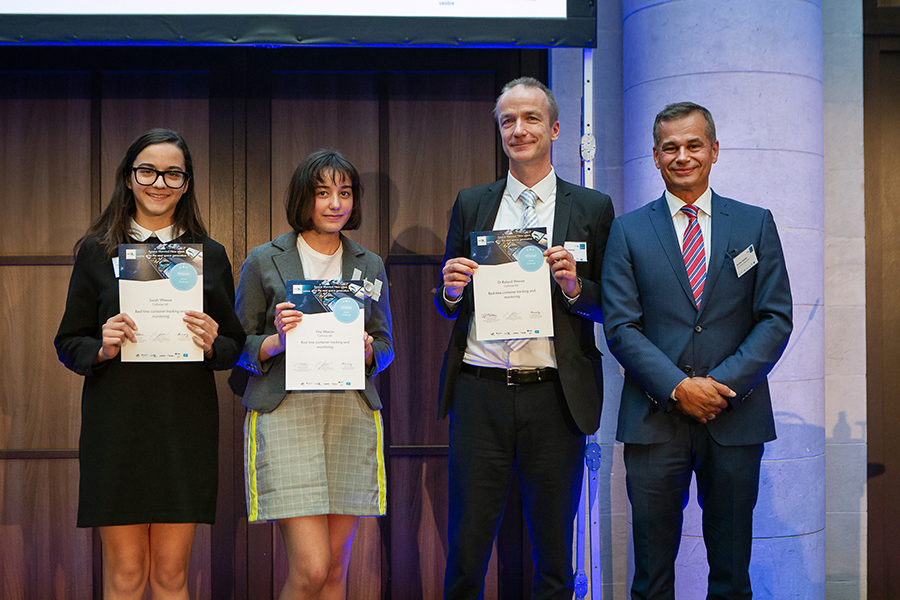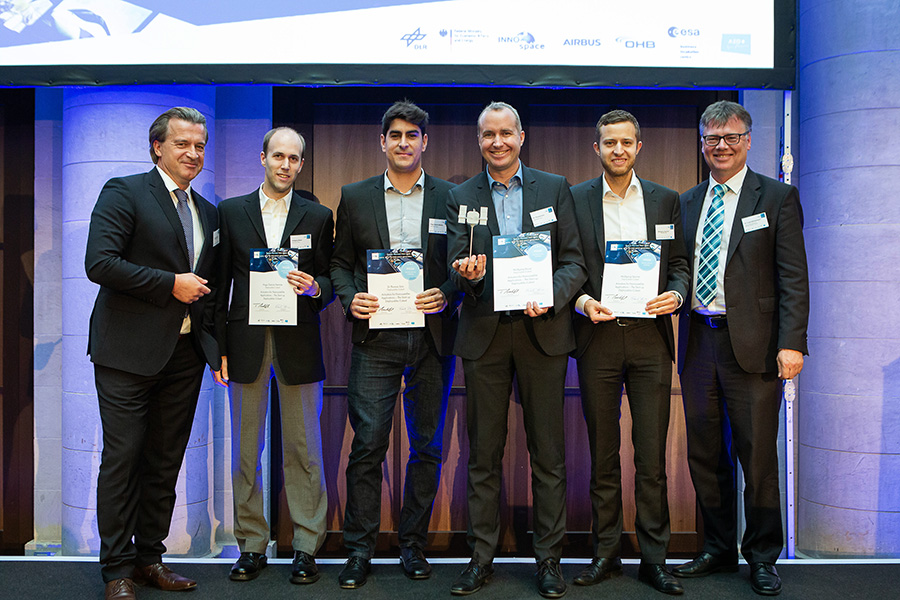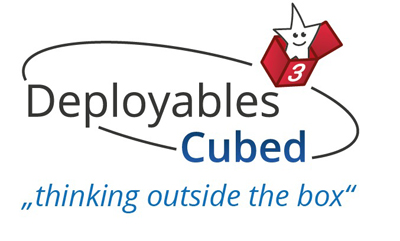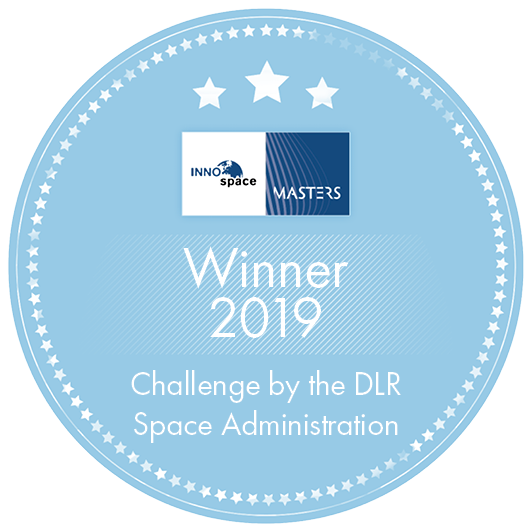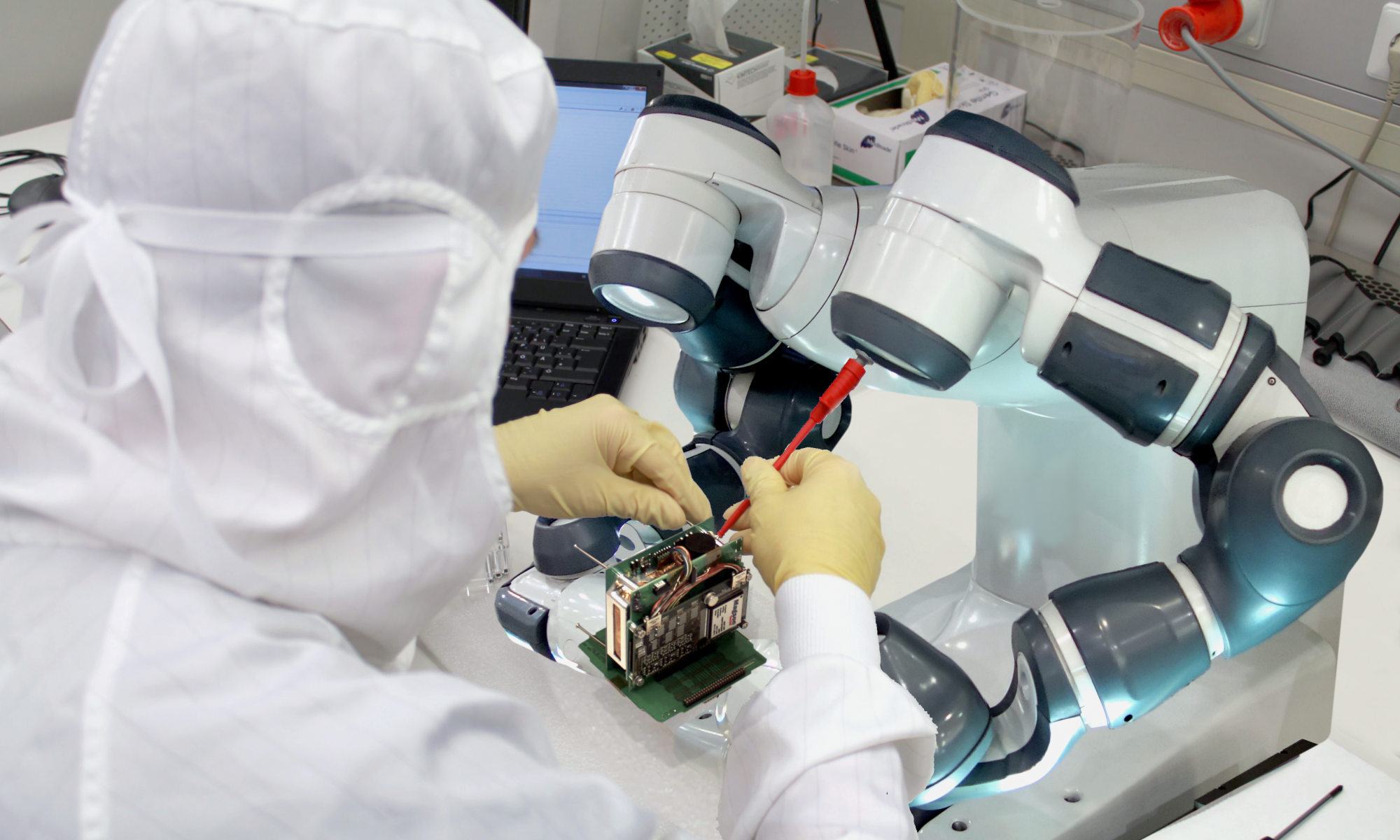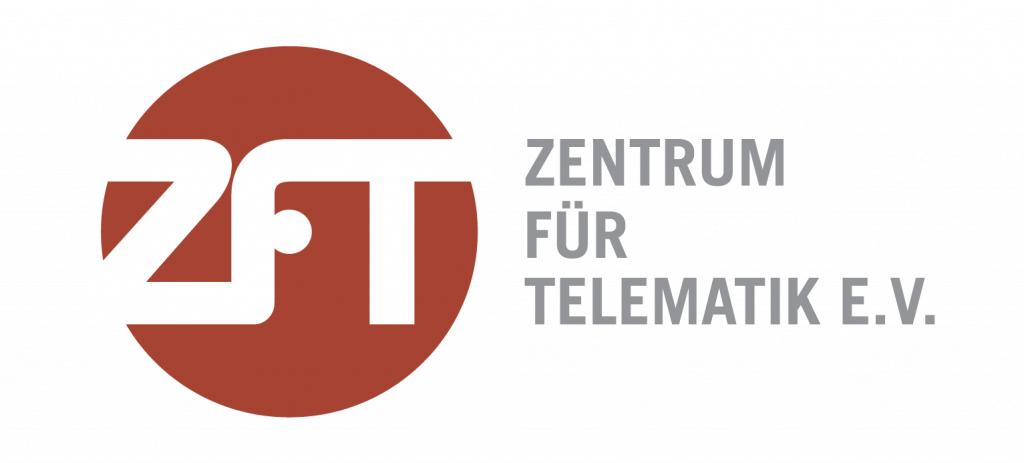OCELL – Smart Analytics on Aerial Imagery

Heavy storms are increasingly causing millions of euros of damage to tracks and systems as well as train failures and delays. OCELL GmbH specialises in AI-driven analysis of aerial photography and geodata in order to collect vegetation data with an accuracy of individual trees and categorise the data according to risk classes. Data collection is carried out by the company’s own decentralised partner network of professional ultralight aircraft pilots. In order to ensure a constant ground resolution, the flight altitude relative to the ground must remain constant. This is achieved with the help of high-quality radar satellite data and navigation satellites. OCELL GmbH offers data collection and high-precision data interpretation as a comprehensive service for forestry and infrastructure managers (train lines, power lines, oil and gas pipelines).
On the basis of the resulting findings, e.g. trees that pose a risk can be cut in a targeted manner as a preventative measure.
Benefits:
- Prevention of delays, image damage and property damage amounting to millions of euros
- Large-scale, high-resolution data collection with ultralight aircraft and the company’s own pilot network
- Precise data on individual tree information (tree species, condition, height, drop distance)
- Automated AI-driven data analysis
